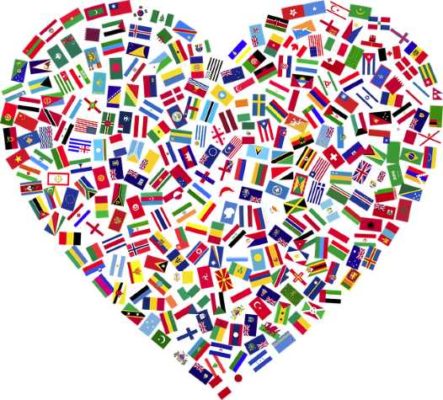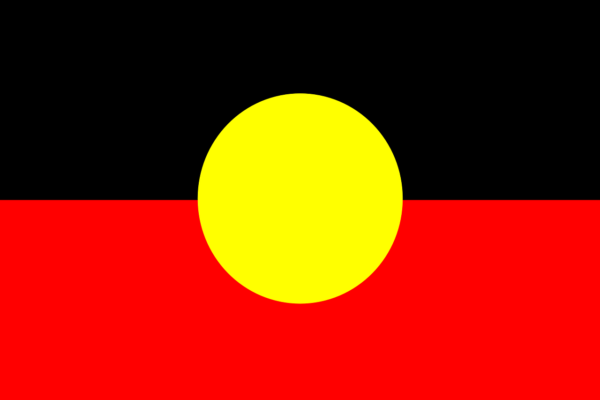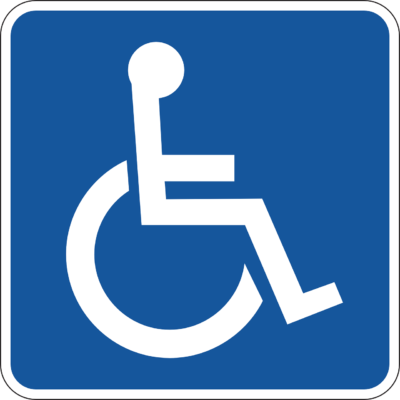Personal growth
Diversity and Inclusion – Tips on how to make a difference
Diversity and Inclusion – Tips on how to make a difference
Diversity and Inclusion are such an important part of our working and personal lives. But what does this mean? How can we make sure that we embrace these concepts into our everyday behaviours?
Our brains are wired to notice differences and similarities. It is how we learn, make associations and remember things. Noticing something different about a person is totally normal; it is the way we choose to react to these differences that can change a professional or friendly interaction into something that leaves one or both parties feeling uncomfortable, offended or distressed.
How do we change our behaviours to be more inclusive?
How can you stop the inbuilt reaction to label, judge or stereotype? Sometimes it can be more difficult than you would like. It is all about drawing our conscious mind to being inclusive and having a person centred response to every interaction, rather than letting the sub conscious mind take over and label someone into a category. Here are some simple ideas on how to build inclusiveness and to celebrate diversity in your life, whether it is at work or home.

7 tips on how to be inclusive and celebrate diversity
1. Be Aware
Build Awareness about different groups of people, the issues they face and how best to overcome these barriers. Findout more information about correct terminology, and use the terms with confidence and understanding. Be careful to not let assumptions guide your behaviours.
2. Utilise Resources
Participate in training, read information from diversity and inclusion networks, tap into pop culture resources such as movies and television.

3. Ask
Always be mindful to ask appropriate and non-offensive questions. In most cases, people are happy to educate others on their personal situation and circumstances. There is nothing better than learning about the impacts of inclusion and diversity than from the people who have lived experience.
4. Listen Before You Speak
Do not just listen to the words, listen to where the person is coming from, be aware of the body language and other nonverbal communications people demonstrate.

5. Provide Support And Be An Advocate
Whenever you have the opportunity be inclusive, invite someone to lunch or include them in conversation. If you see or hear someone else not being inclusive, stand up for what you believe and take the opportunity to build awareness around treating everyone with respect and dignity. We are generally attracted to people who are similar to us, take the opportunity to challenge yourself and learn about something and someone new.
6. Build Inclusiveness Into Everything You Do
Think about the ways you can hold a conversation or event where it will include everyone equally as much as possible. This may even be an extra thought about where you position people at the table at your next dinner party.

7. Be Mindful Of Others
It seems as though this is a ‘no brainer’ but when you are making plans that involve other people, really consider their personal circumstances and try to think from a different perspective. Never disregard someone’s feelings as not valid or insignificant.
Building an inclusive and diverse environment with equality and understanding is up to us all. It is not just the job of the advocates, the managers or the allies. By being consciously mindful of our own beliefs and behaviours, we all have the opportunity to be more accepting, understanding and kind to others.

